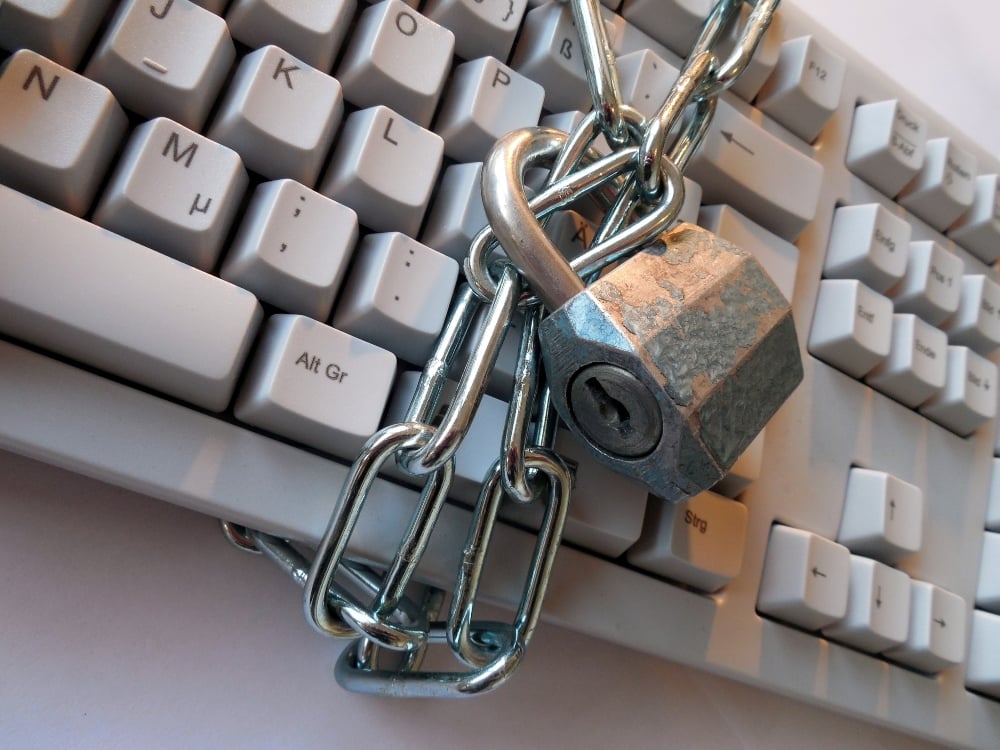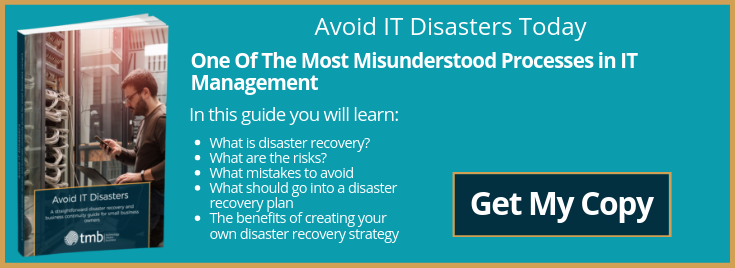Make Your Business More Resilient With A Business Continuity Plan
- Anthony
- April 16, 2020
- 12:13 PM
- No Comments
From Brexit and winter flooding to an unprecedented global pandemic, if 2020 has proven anything, it’s that everyone should always plan for the worst. Having a specific plan in advance for fire, flood, burglary, mass sickness, hacking, machine breakdowns, and government-imposed shutdowns can make your business more resilient to unexpected challenges, as well as improving day-to-day operations.
One way to do this is by drawing up a Business Continuity Plan (BCP). A BCP is a comprehensive document that outlines what should be done in the event of a disaster to get your business up and running, profitable, and back to full speed as quickly as possible.
It also factors in anticipated profit losses from different types and scales of disaster. This type of planning helps when applying for and securing insurance for your business and creating long-term financial forecasts.
How Can I Make a Business Continuity Plan for my Company?
To create a quality business continuity plan, you need to ask and answer three simple questions.
1) What Are The Major (Unplanned) Risks To My Business?
Your Business Continuity Plan should anticipate a response to all realistic disasters that might affect your business. Whether you’ll be affected and how your company will react will vary depending on the type of business you’re running.
How much money will damaged or destroyed items cost to replace? Will disasters cause production line or service delays? Will there be any lost contracts and business due to the disaster? If the disaster is human-made or an accident, will there be any legal costs?
Geographical location can seriously affect risk planning (particularly with floods and extreme weather) - as can the nature of your work (e.g. if you work with highly flammable materials).
You’ll also need to quantify the type of damage you’d expect to experience in each area of the business due to an unplanned setback. Profits, staff, assets, and buildings all represent individual risks - assets can easily be turned into liabilities and losses by different types of disaster.
To simplify your overview of potential liabilities, it can help to break them down into individual categories.
2) How Ready Is My Business To Respond To Each?
Once you’ve identified your main risks, you need a full mitigation strategy in place for each one.
This section of the plan can take the form of proactive protection (such as flood barriers or fireproofing), changes to the working environment (such as social distancing and hygiene stations), and/or reserve funds and equipment (such as redundant stockpiles).
You’ll need to find the best trade-off between day-to-day disruption and additional costs for new safety measures and resilience to unforeseen future issues. One good way to do this is to qualitatively rate your current preparedness in each area out of five.
You can then use the full rating chart as an overview, highlighting which areas need time, money, and staff resources spent on them to improve.
3) How Quickly Can My Business Recover?
Once the initial period of mitigation and salvage is over, you’ll also need to plan for how to return your business to normal and recover as much profit as you can.
Usually, this is the stage where you should plan to make pay outs or use the insurance money to restore lost goods, properties, and equipment. It would help if you also planned to make up lost time - extra effort might be needed to catch up on production orders and shipments, for example.
It’s worth considering if the disaster might affect wider, public infrastructure, too. If road and rail aren’t available, how will you get around any issues with logistics?
Continuity Planning With TMB
Whatever the future brings, TMB is here to help you succeed and grow. Our managed IT services have helped a diverse range of tech and office-based companies across Britain streamline and optimise their IT infrastructure. We offer remote cybersecurity, IT support desks, software management, and much more. Visit our website today to learn more.
Image source: Pexels



